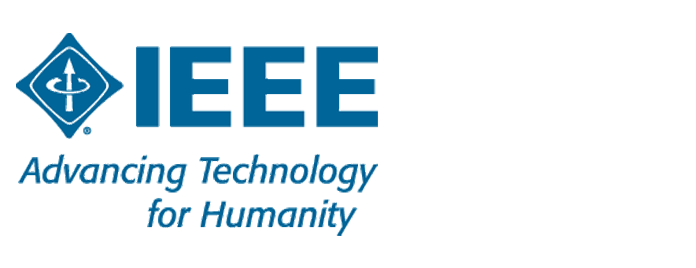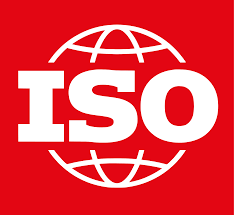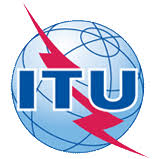IEEE 2030-2011 - IEEE Guide for Smart Grid Interoperability of Energy Technology and Information Technology Operation with the Electric Power System (EPS), End-Use Applications, and Loads
IEEE Std 2030 provides alternative approaches and best practices for achieving smart grid interoperability. It is the first all-encompassing IEEE standard on smart grid interoperability providing a roadmap directed at establishing the framework in developing an IEEE national and international body of standards based on cross-cutting technical disciplines in power applications and information exchange and control through communications. IEEE Std 2030 establishes the smart grid interoperability reference model (SGIRM) and provides a knowledge base addressing terminology, characteristics, functional performance and evaluation criteria, and the application of engineering principles for smart grid interoperability of the electric power system with end-use applications and loads. A system of systems approach to smart grid interoperability lays the foundation on which IEEE Std 2030 establishes the SGIRM as a design tool that inherently allows for extensibility, scalability, and upgradeability. The IEEE 2030 SGIRM defines three integrated architectural perspectives: power systems, communications technology, and information technology. Additionally, it defines design tables and the classification of data flow characteristics necessary for interoperability. Guidelines for smart grid interoperability, design criteria, and reference model applications are addressed with emphasis on functional interface identification, logical connections and data flows, communications and linkages, digital information management, and power generation usage.


